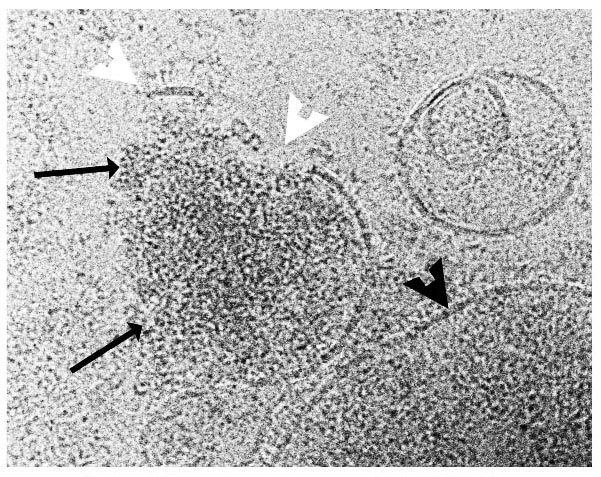Bid to beat baby chest infection boosted by immune study
March 2016: Babies at risk of a serious lung infection could be helped by a therapy based on the body’s natural immune defences

Scientists have found that a compound produced by the body’s immune system can kill the virus that causes the disease known as respiratory syncytial virus, or RSV. The compound called cathelicidin directly attacks virus particles, stopping them from binding to and infecting the body’s cells. Mice that cannot produce cathelicidin are more susceptible to RSV, the team found. However, treating them with the compound at the same time as infection with RSV stops the animals from becoming ill. The study also showed that healthy adults who produce lower levels of cathelicidin in their nose are more susceptible to RSV infection.
The study from the MRC Centre for Inflammation Research at The University of Edinburgh suggests that treatments that encourage the immune system to produce more of this compound could help to protect infected babies from developing a life-threatening illness. Such treatments could also protect elderly people with respiratory or cardiovascular disease, who are vulnerable to the infection.
The study, published in the Journal of Immunology, was funded by the Medical Research Council.
Currie SM, Gwyer Findlay E, McFarlane AJ, Fitch PM, Böttcher B, Colegrave N, Paras A, Jozwik A, Chiu C, Schwarze J, Davidson DJ. (2016) Cathelicidins Have Direct Antiviral Activity against Respiratory Syncytial Virus In Vitro and Protective Function In Vivo in Mice and Humans. J Immunol.;196(6):2699-710.
doi: 10.4049/jimmunol.1502478. PMID:26873992

